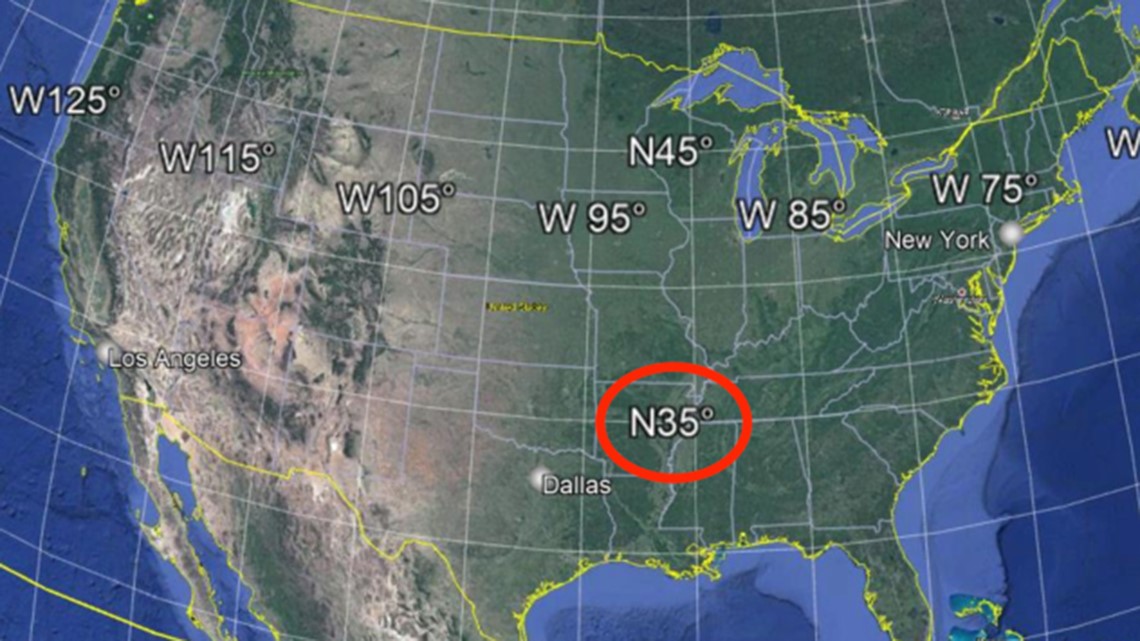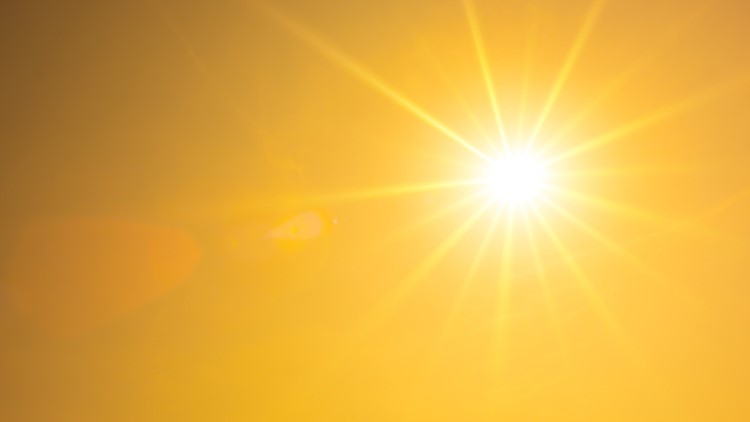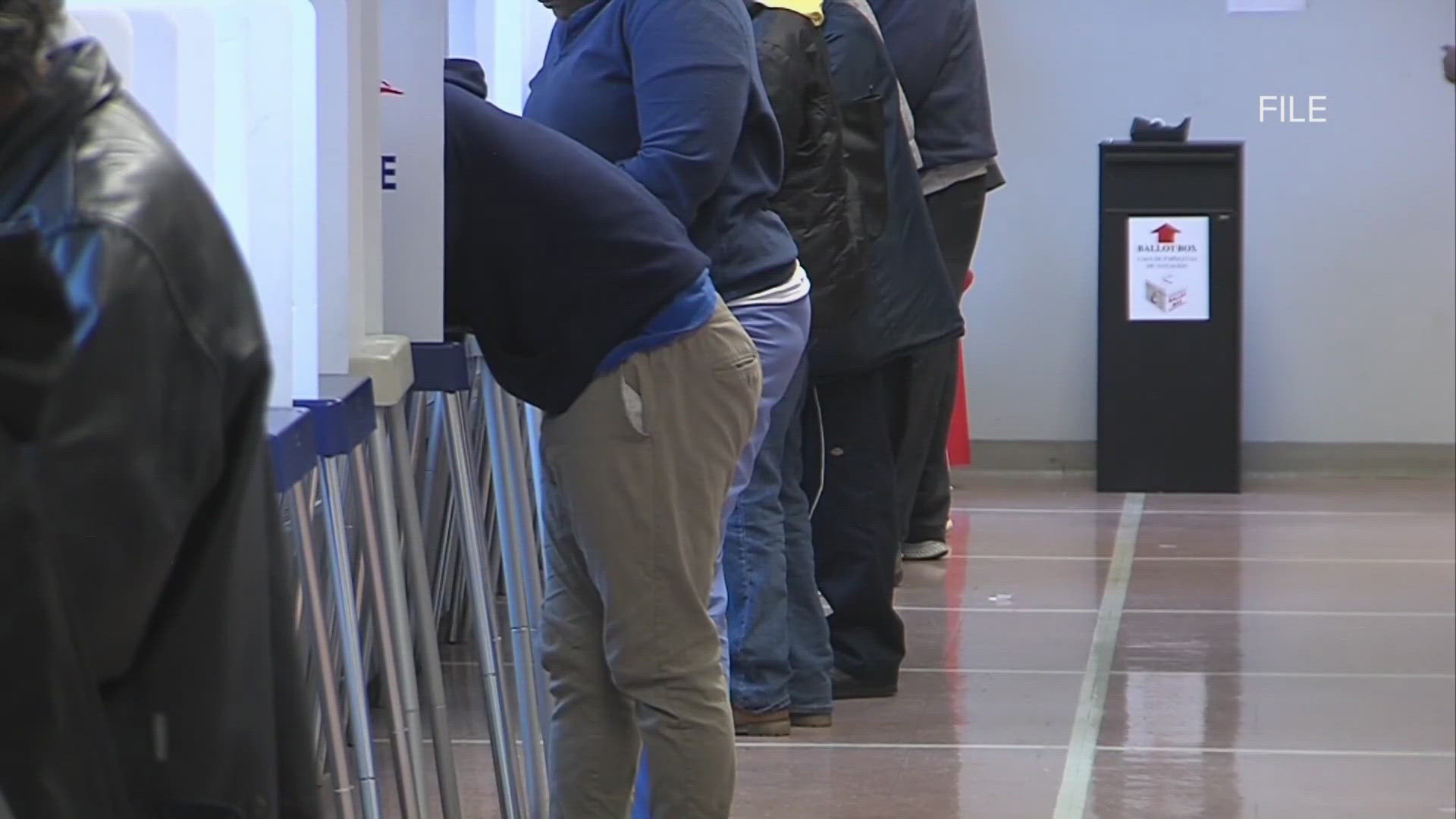Researchers are continuing to expand their understanding of the role that weather elements such as ultraviolet (UV) radiation play in the spread of the coronavirus pandemic.
The seasonality of the virus remains an important puzzle to piece together for researchers, as an environmental effect could help better understand the spread patterns of the virus and inform local public health responses alongside other mechanisms, like vaccination.
A recent study published by the Proceedings of the National Academy of Sciences found that UV light has a particularly significant effect on the spread of SARS-CoV-2, the virus that causes COVID-19.
"We are confident of the UV effect, but this is only one piece of the full seasonality picture," lead researcher Tamma Carleton said in a press release accompanying the study's publication.
How large of a piece is UV radiation?
"It's tough to say exactly how big of a puzzle piece it is," researcher Jonathan Proctor told AccuWeather. "But I am personally looking forward to summer and have a little bit of optimism."
To frame the puzzle, Proctor, one of the authors involved with the study, and his team used environmental data to look at how case totals responded to periods of particularly strong UV radiation, especially in the period about two weeks later.
"Following this UV shock, we see this dip in cases, but we don't know what causes that," Proctor said. "It could be that the virus is deactivated [by UV light], which would suggest that something like sterilizing using UV lamps could be beneficial," he said.
However, that the correlation between the dip in cases and surges in UV light isn't perfectly clear just yet. He suggested that a number of different types of reactions could all be connected.
For example, when it's sunnier, people socialize outside rather than indoors, and we know that the coronavirus spreads less easily outdoors than indoors, he said. Or the dip could be from an immunological effect in which the production of vitamin D stimulates the immune system, he also postulated.
Proctor said that among every environmental factor, including temperature and humidity, UV radiation from sunlight has proven to be the strong driver of seasonality influence on coronavirus transmission.
In the study's abstract, the researchers noted that the effects of temperature and humidity both proved to be statistically insignificant.
In the early days of the pandemic, AccuWeather Founder and CEO Dr. Joel N. Myers discussed a similar potential impact from UV radiation.
"If the coronavirus behaves like most other viruses, then as the sun grows stronger day by day as we head towards the summer solstice, the stronger sun and increased hours of sunshine may start to take their toll on the virus, thereby helping to slow its spread, particularly as the sun gets stronger in April and May," Myers said last March.
And the days of significantly increased sunlight in the Northern Hemisphere are just about two months ahead, after reaching a yearly low on Dec. 21, the winter solstice.
As Myers noted, "the point of most rapid increase in sun intensity, as well as duration of the day" begins over the days around the vernal equinox, which occurs on March 20 this year.
Similarly, other studies have focused on the importance of sunlight with a focus on vitamin D production. A study from Ireland published last April purported that a few degrees of latitude could determine the severity with which the coronavirus impacts an individual. The reason had to do with preexisting vitamin D deficiencies in people residing in more northern locations, who naturally experience less and less-intense sunlight exposure.
Those vitamin D deficiencies, particularly in vulnerable older adults along with the obese and the medically predisposed, led to a higher mortality rate in countries located above 35 degrees latitude North on a map. In the United States, that's about three-fourths of the entire country.


Proctor said his team's interest in focusing on studying UV radiation, in particular, was piqued by previous understanding from the behaviors of other coronaviruses.
"We wanted to just see if we could help better understand what was going on, and one of the questions early on in the pandemic, and I think still to this day, [the question] is to what degree does seasonality influence the rate at which the virus spreads?" he said. "That was kind of the guiding question, and it's important to understand seasonality in case there's potential to say modify containment policy seasonally or just prepare for a potential spike."
His team answered that question by collecting, collating and organizing COVID-19 transmission data to link the epidemiological data with environmental data such as temperature, humidity, rainfall rates and UV radiation trends.
"Then we essentially asked the question: How does weather impact COVID transmission in the weeks following, say, a sunny day or a hot day, etc.," Proctor said. "And essentially what we found was that UV had the strongest and most remarkable signal, and what we found there was that following a sunny day you see reduced COVID-19 growth rates in the following two and a half weeks."
Still, Proctor stressed that waiting on the return of increased sunlight isn't going to be a successful mitigation practice alone. The simple, tried and true hygienic and sanitation practices that health officials have stressed for months remain the most important pieces to fighting the pandemic, especially in these winter months when the environment isn't lending any favors, he said.
"COVID is both really difficult and simple at the same time. It's kind of like you just gotta keep doing the basics," he added. "Wear a mask. If you have to see someone, see them outdoors."
Any help the sunlight may provided in the battle agains the coronavirus, Proctor suggested, is fractional.
"When we compared to the full effect of seasonality, winter to summer in the say Northern or Southern Hemisphere, that effect appears to be a third to a sixth the size of social distancing policies," he said.



